Introduction
Like many of us, I am not new to Leica’s Q series, factually one of the brand’s best selling series since 2015. My multiple reviews of the Leica Q and Q2 are as linked.
However I have not experienced the Q2 Monochrom, and I have been intrigued by the fascination of some photographers with a camera that only photographs in pure black and white. In fact Leica is typically the butt of jokes in charging more for lesser functions and most of all, I wanted to see for myself what Leica refers to as ‘embracing the Soul of photography‘ in their description of the Q2 Monochrom.
A question I wanted answered was: “is there really something special with the Monochrom sensor’s output?”
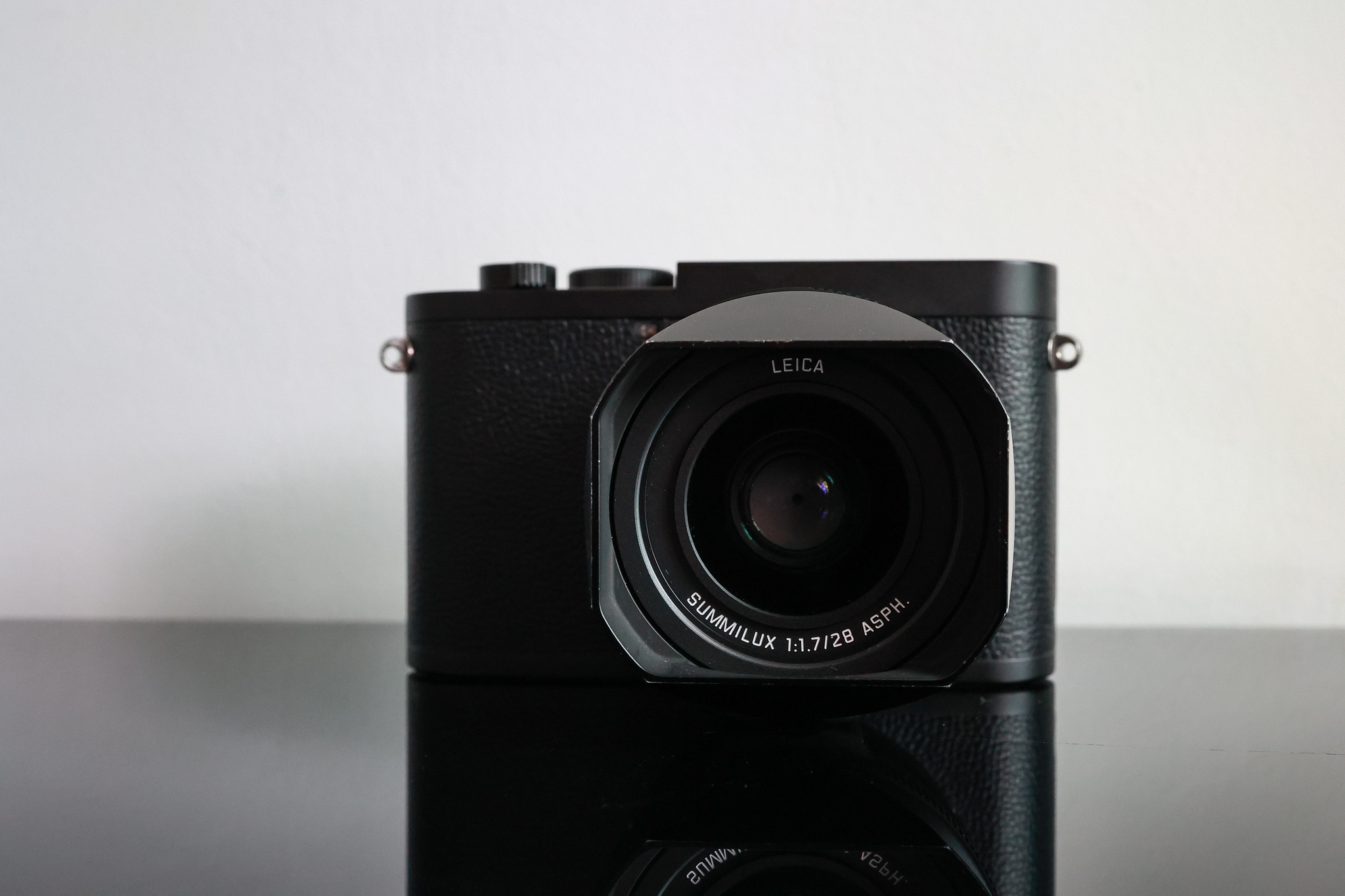
My Pre-Q2 Monochrom belief: “I see the world in colour, and justifiably mostly photograph in colour”
But an opportunity popped up from Leica Singapore for me to test the Q2 Monochrom and here’s sharing my experience in demystifying the Q2 Monochrom in a layman’s manner.
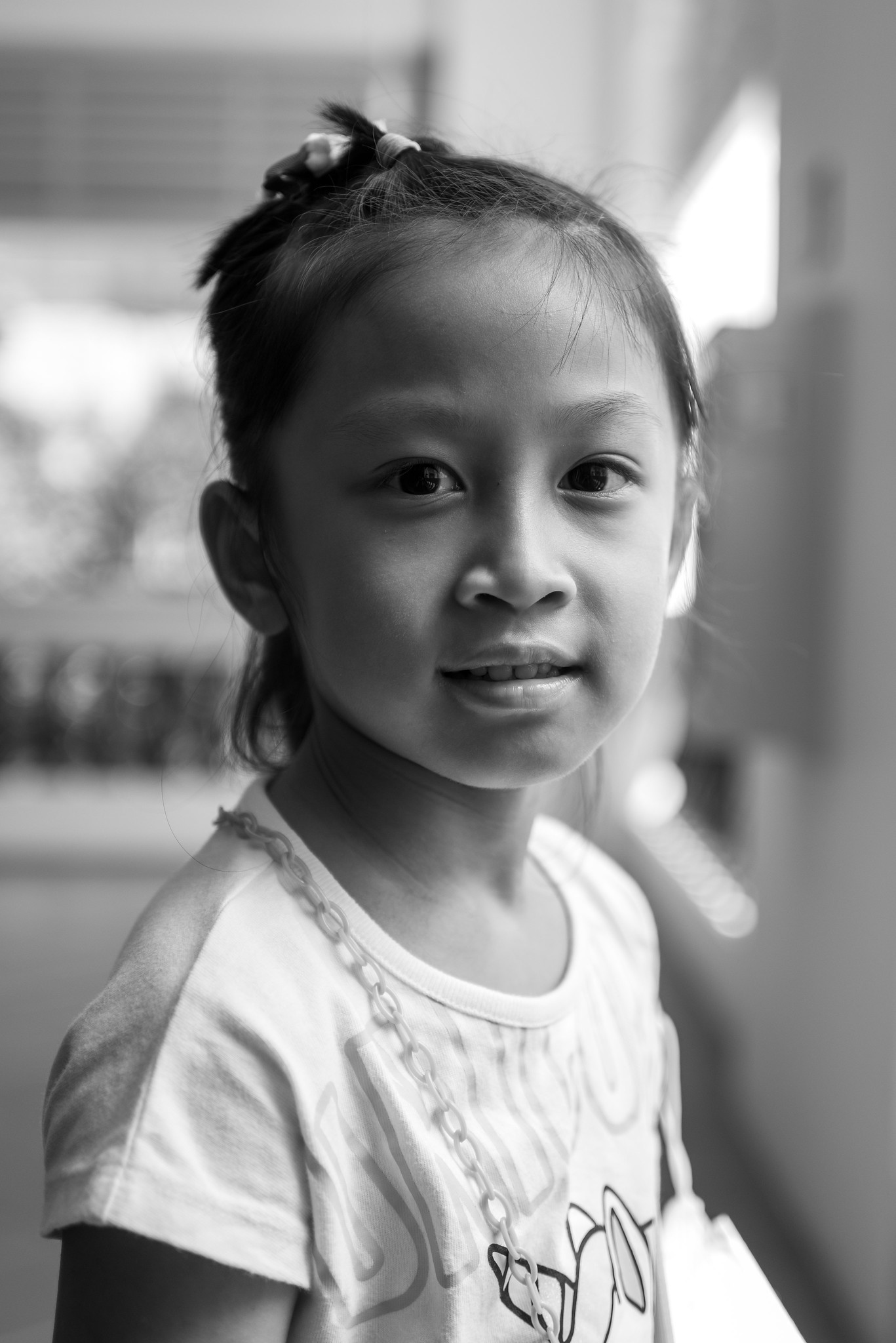
Technicalities
I often feel it is superfluous to talk about specifications when Leica is involved, because after shooting with the M10, M typ240 and M35mm Summilux FLE, M50 Summicron and even a half-century old 35mm Summicron, one will understand that Leica is unlike brands like Sony where excelling in the technical prowess department is their perennial focus.
But anyway, Leica would like you to know that unlike the colour-possible Q2, the Q2 monochrom’s 47.3 Megapixels CMOS monochromatic sensor features a no colour filter array with no interpolation required, and as such allowing it to render sharper and better than any other predecessors. This design boosts light sensitivity on the Q2 Monochrom, and according to Leica, translating to at least a 30% improvement in sharpness. Tones and details captured at every single pixel are clearer and cleaner, giving the Q2 Monochrom an ISO range of 100 to 100,000 and dynamic range unmatched by its ‘color-able’ peers.



In simpler English, the omission of having to manage colours in the Q2 Monochrom’s sensor has allowed it to further pursue the quality of its imaging output to the extreme, significantly above what the Leica Q2 can output.

The time-tested optically stabilised Summilux 28 F1.7 ASPH lens has been around since 2015 on the original Leica Q, and distinguished by its razor sharp clarity and bokeh expected of a Leica lens tuned and mated to the body’s sensor.
Presented with 11 elements in 9 groups and 3 aspherical elements with a 0.3 meters minimum focusing distance (MFD), one has very little to critique. (if you shoot Leica, you know that a MFD of 0.3m is worth raving over) Also, in macro mode this Summilux 28mm F1.7 actually goes to a MFD of 0.17m.

And as an bonus, the Leica Q2 Monochrom does record 4K UHD and Cine4K video at 30/24 FPS in MP4 format. It even does 10fps and supports a top flash sync speed of 1/2000s with a top electronic shutter speed of 1/40 000s (yes, you will need it because the Summilux 28mm begs to be shot wide open).
Performance & handling
If you drop the Q2 Monochrom on your foot, you will be seeing an orthopaedist.
When you hold the Q2 Monochrom in your hands, you will realise that every single inch, every nook and cranny of this photography tool has been thoroughly obsessed over, and every design element never an after-thought. One might scoff at Leica’s sky high price of USD6195 for a ‘point and shoot’, but if you handle it, you will understand because there is nothing flimsy in the camera. Even removing the battery requires an easy two-step approach that ensures it is almost impossible to drop the battery during a change.
In fact, the Q2 Monochrom has only 1 door, where you pop in your UHS-II SD card. Factually Leica could have made a ‘dunkable’ into water camera like the X-U if they wanted to by going ahead with internal memory.

I had shared on how the Leica Q2 had earnestly and thoughtfully improved over the original Leica Q and all these improvements are carried over to the Q2 Monochrom. Functionally, the IP52 rating of dust and splash protection, 3 inch 1.04 million dots touch-screen, 3.68MP OLED 0.76x magnification EVF all work in tandem.

Somehow Leica has deemed it suitable to include 3 digital crop modes (35/50/75mm) at 30MP/15MP and 7MP output. it is useful to note that using these modes gives one a cropped JPEG file but the DNG (raw) files are provided uncropped. If you are worried about image degradation, don’t. What Leica does is simply a reduction in megapixel count and not interpolation.


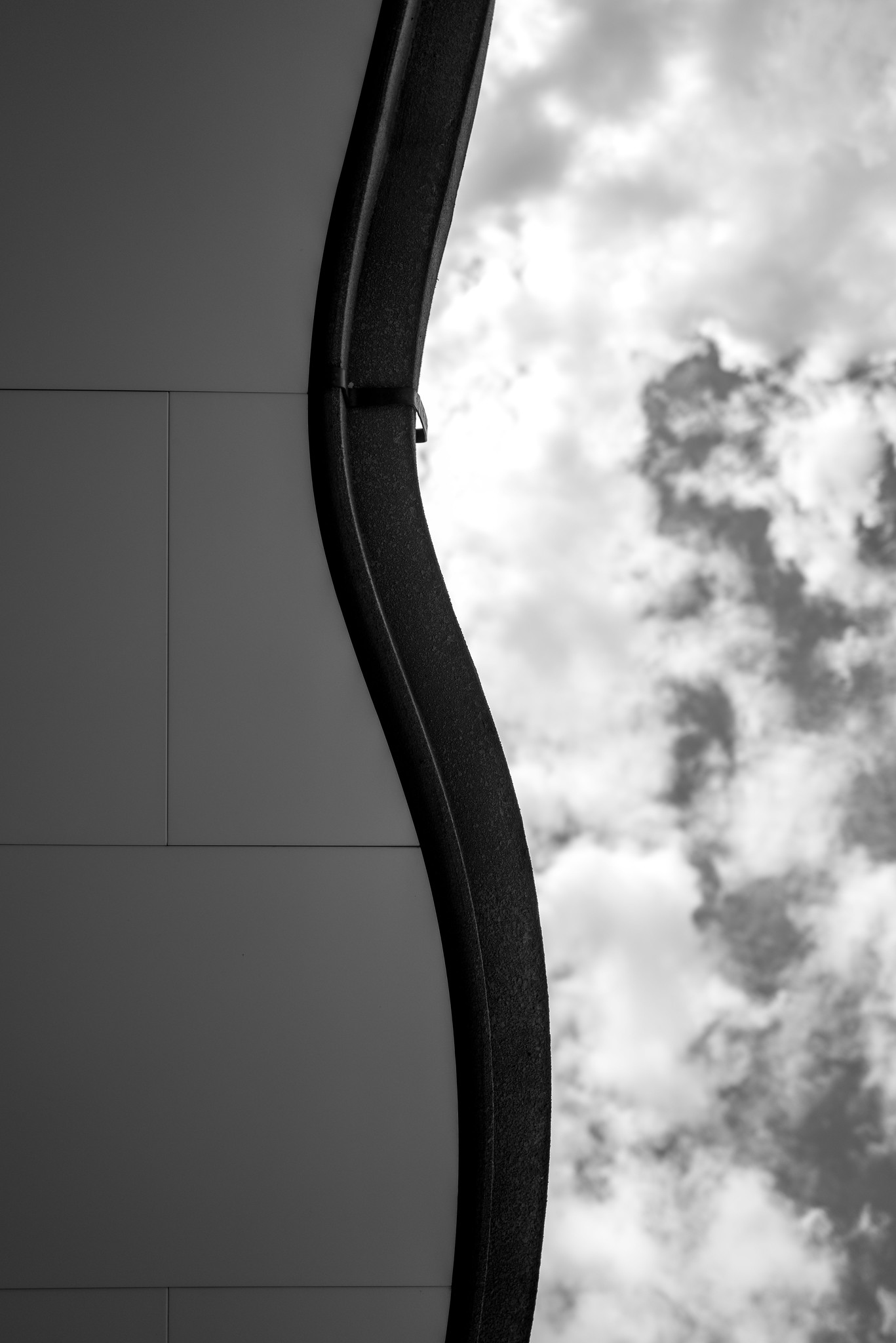
The 225-points contrast based auto-focus system is snappy and most of all, easily manages most of the shooting conditions one will encounter. The Q2 Monochrom offers multi-field, field and spot modes with a face-detection system that is pretty reliable. Note that there is no subject tracking, simply because that requires a sensor that supports colour capture.
Coming from Fujifilm, working with physical dials proved to be easy-going for me, with aperture, ISO, shutter speed all instantly managed without having to dig through the menus. Frankly speaking, if you are constantly digging through the menu shooting a Leica camera, something is not right.
Image Quality – the Essentials
Every well-thought of photograph seeks to tell a story, it is how the photographer seeks to weave the tale he had visioned into the eyes of the viewer and having to shoot in a monochromatic format really forces one to ask oneself the purpose of making the shot. Like shooting a M-camera, instead of spamming shots and picking one, one instead plans and decides before making the shot on the Q2 Monochrom.
Like the camera, you will start getting very sensitive to the presence and interplay of light and shadows, because this will be the brushes you paint with.

To this day, black and white photography continues to exude a unique fascination and beauty. Compared with colour photography, black and white is the most authentic manifestation of “painting with light”. No distractions, only a focus on what is essential in the art of story telling.

Prior to using the Q2 Monochrome, I have already used the Q and Q2 extensively and actually was pretty intrigued about a version of Q2 that refuses to shoot in colour.
“After all, there are so many critics who will argue for shooting in colour and then simply post-processing it in black and white and simply criticise the Q2 monochrome’s output to a JPEG filter in their cameras.“
But do you realise most of these critics have NOT used a pure monochromatic sensor before?
sorry, I am being truthful here. We live in a world where people conclude even before reading the details.


Image quality from the Q2 Monochrom is a league above the Q2.
I realised my pre-conceptions were wrong when I sat down at the desktop and started editing the DNG files from the Leica Q2 monochrom. It was not just the details that jumped out at me, Leica had done something here which they did not manage to do for even the Q2. The tonality, the depth and how this all comes together to produce the whole image really stunned me.


Colours on their own serve to provide another layer of attractiveness, peel away this layer and one faces a relentless layer of only tones and shades left to paint the image and in this sense, shooting with a Monochrom really is a very interesting experience.

The separation, the ‘pop’ from the excellent Summilux 28mm lens works fluidly with the 47.3 MP sensor. There is no noticeable noise even up to ISO6400 and files at ISO12800 are easily usable.

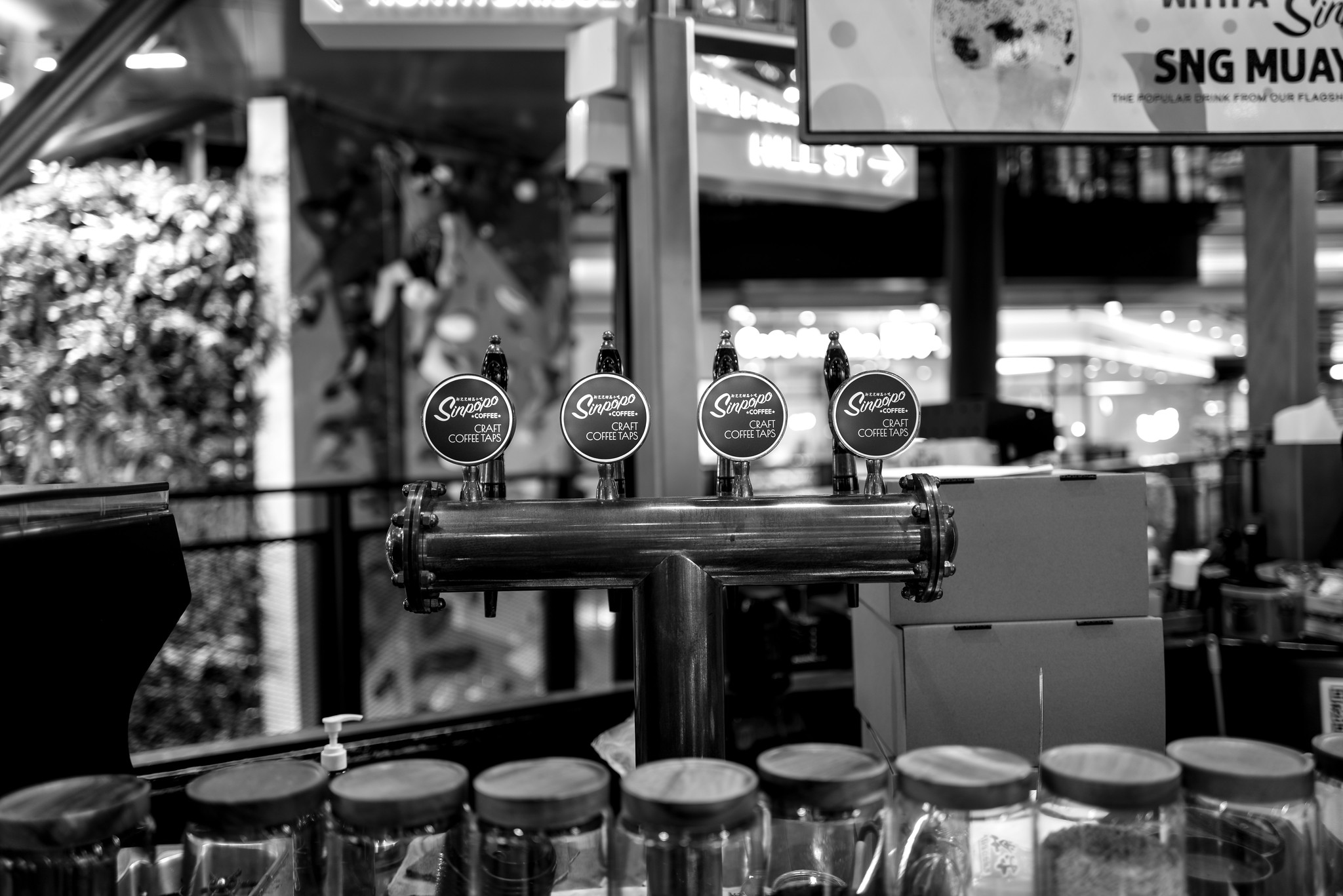

The Q2 Monochrom simply takes in every shot I made effortlessly, exposing correctly when I had tried to trip it up. Some cameras I had reviewed would have gotten over-exposed edges around the 2 and 4 or missed the reflection of words on the top panel but not the Q2 Monochrom. And look at the reflection of the tiles captured across the glass walls in the middle top of the image.

Conclusions
Leica has always attracted me because of how true their optical systems are able to depict reality as we see it. There is no lie, no exaggeration of colours but simply a retelling of the story that one’s eyes saw at that decisive moment and the Q2 monochrom is one such tool that takes this belief to the bare essentials, while at the same time pushing the image output to a point where the word ‘excellent’ sounds short.
The shot below and its 100% crop easily tells the story of how far Leica engineers have pushed the capabilities of the camera to.


But it is as important to say that even as Leica markets the Q2 Monochrom as a point and shoot camera, it is a huge over-simplification. Yes, auto-focus at 10 fps means one can spam shots but this is a camera that is extremely niche, and framing, visualising every shot takes a bit of mindful-ness and planning. For starters, even though an affront to some, I will never recommend the Q2 Monochrom to anyone who seeks to use the JPEGs straight out of camera because you would have lost so much image potential doing so.
Leica won’t be happy to read this but in my opinion, straight-out of camera JPEGs on the Q2 Monochrom are pretty ‘flat’ to my taste and I do spend time post-processing the DNG files from the camera.
and once you work with the DNG files, be prepared to be surprised pleasantly with how much details you are able to work with.

This is a camera that sells at USD6195 or SGD9180, a full 12% above the Leica Q2 and at the end of my experience with the Q2 Monochrom, I have to be honest and say that yes, the price differential is worth paying for if one is indeed into this niche area of photography and expects a no-compromise photography tool.
In fact, there is no comparable equivalent of the Q2 Monochrom in the market.
Unless you are referring to the Phase One XF IQ3 100MP Achromatic, but that is a full frame medium format 100MP interchangeable lens system camera selling at USD55,000.
*there is a M10 Monochrom if one is into an interchangeable lens system. I have not tried the M10 Monochrom. I hope to one day if Leica reads this.
Disclaimers:
1. The Leica Q2 Monochrom was a loan from Leica Singapore and returned at the end of the review.
2. The Leica Q2 Monochrom was running firmware 1.1.
3. Every single product shot and sample shared here was photographed by me and edited to my preference in LR Classic CC. I am a firm believer of not using stock photos or worse, drawing conclusions without even using the photographic tool.
Thank you for reading.

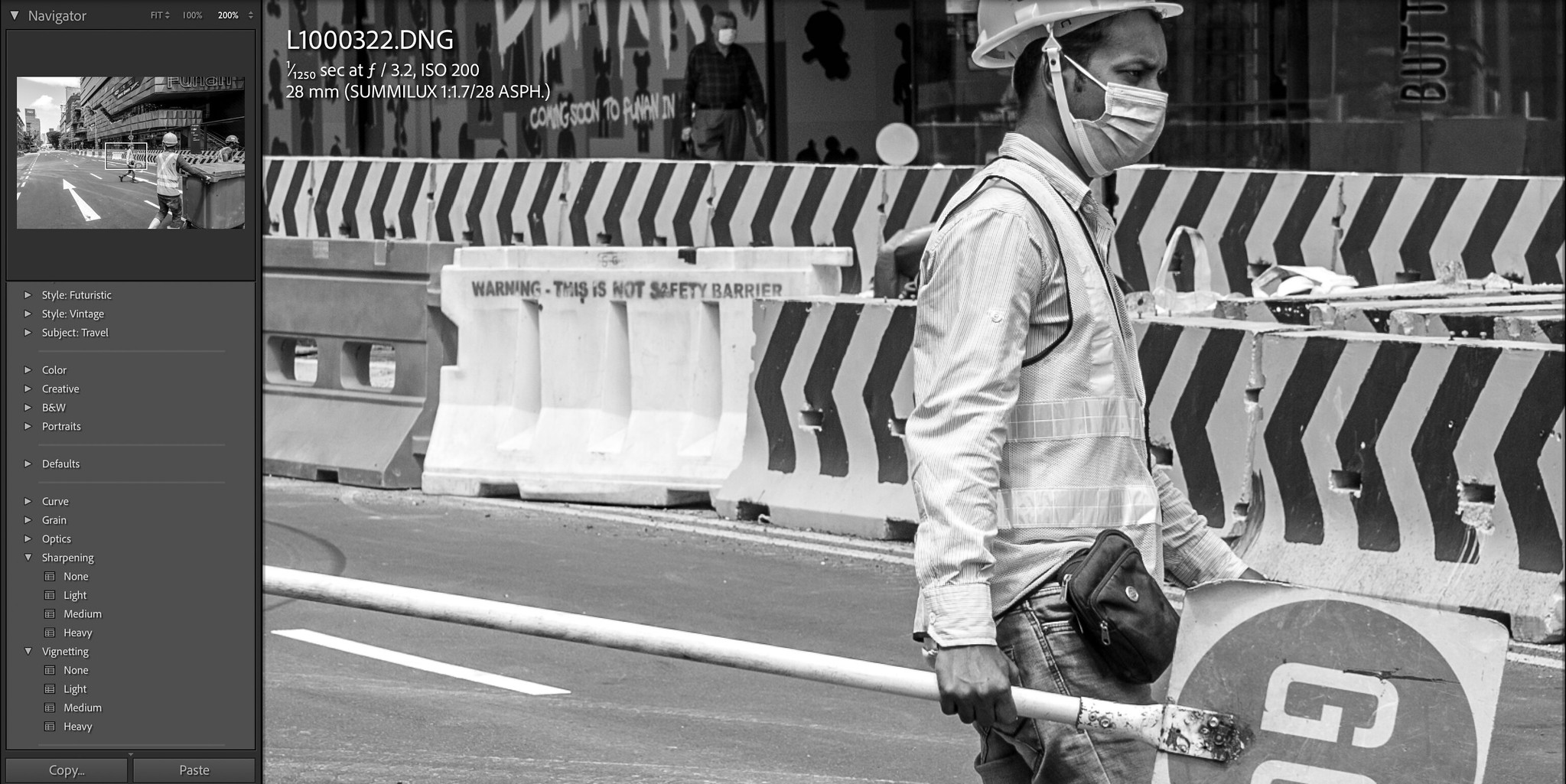
Keith, this is beautifully written and I am sure one of the most well written review of the Q2M I have read.
LikeLiked by 1 person
Hi , thank you for the kind words 🙂 take care
LikeLike
What an excellent review: yours is the first description that has made me properly understand what is special about the Q2M. Your photos helped too, of course. I’d love to have one alongside my Q2 (now my sole camera, which I got because I love definition) but this will have to wait until I win the lottery. Thank you for your newsletters; I do enjoy them.
LikeLiked by 1 person
Hi David , glad you enjoyed and found the review useful. Like you I also took time to understand what makes the M different and it was quite a humbling experience for me having to eat my pre-conceptions about it to some of my peers 😂
LikeLike
Very well explained review about the Q2M and what makes it different. Love the pictures. Thank you.
LikeLiked by 1 person
Thank you for a well-written review of one very special camera. I swapped my Q2 for the Q2M when it came out and, like you, was blown away be the quality of the images. I made the swap as I have always thoroughly enjoyed shooting monochrome images, but through using Silver Efex Pro, and the Q2M have me the opportunity to shoot directly in monochrome.
A few months into its use I realized I missed the opportunity of shooting in color and replaced the Q2M with the SL2-S (keeping the Q2M would have caused a marital crisis 😁).
While thoroughly enjoying the SL2-S, particularly with M-mount glass, I keep thinking about the Q2M and how special it is! So I’ve decided to stop buying lenses for the SL2-S and out the money away to buy the Q2M again. It’s just THAT good!
LikeLiked by 1 person
Thank you for sharing Marcus. And ah! U reminded me about Silver Efex Pro – which is excellent for post processing monochrome photos.
For me I believe even if one day I replace my own Q with the Q2 (I prefer the output from the Q) I will always have this longing for the Q2M too.
LikeLike
Hi Keith, 10 months later and guess what!? The Q2M has made its re-entry and has now joined my Sl2-S. Couldn’t be happier and for me it’s best of both worlds. Take care !
LikeLike
Wow! Enjoy the best of both the autofocus world in Leica !
LikeLike
Thanks! To be honest, my SL2-S is mostly used with the oustanding Voigtlander Nokton 21/1.4 and the cheap and very cheerful ttArtisan 50/1.4 🙂
LikeLiked by 1 person
👌👌👌📷 and perfect reading
LikeLiked by 1 person
Thank you mic !
LikeLike
Well written reviews of the Q2M are rare and I am very glad to have found this. Thank you Keith
LikeLiked by 1 person
Hi Peter, thank you for it the kind words 🙂 take care
LikeLike
Keith: I only happened upon your website a week ago, but have already read several gear reviews. There is a theme common to them all: underneath your expert technical analyses of the relationship between engineering design and the art and craft of photography, is your humility. It is rare, welcome and very much appreciated. Your review of the Q2 Monochrom has greatly aided my decision. 谢
LikeLiked by 1 person
Thank you for the kind words Mark 🙂 they really do a long way in helping me keeping the heart to run the site
LikeLike
Thank you for this excellent review.
My question is simple: Having used both of them, would you say this camera is 3200 € better than a X-Pro3 for example? I’m talking about a non professional use here. Thank you
LikeLike
Hi, thank you for dropping by. Unfortunately a respectful answer to you will be a long and not really straightforward one.
To start off the X-Pro3 takes good pictures however the IQ is also determined very much by the lens u use with it , for example you will definitely see a difference between using a XF33/1.4 and a XF35/2 lens.
In this sense the Q series has a set of optics that alone sets the bar quite high, assuming that u also ignore the factors like focal length because the XPro3 can take different lenses while the Q2 is a fixed lens option.
The next step is the sensor comparison where a full frame sensor will be more versatile than an APSC.
A short answer is yes partially in the parts of potential image quality but also no depending on your needs (for starters fixed focal length or not) and maybe I can help answer better when it’s clearer on your needs part. 🙂
LikeLike
Thank you for taking the time to answer thoroughly. You are right, we should compare X-Pro3 + 18mm F1.4 to the Q2 setup. This combo for example would set back price difference to 2500€ aprox. With my question, I really wanted to have your opinion about the final image result SOOC. Is there such a huge difference between the two cameras ? (a difference worth the quite steep price gap)
LikeLike
Hi 🙂 the 18/1.4 is a lens I tested and it is an excellent lens and yes , a good comparison to the lens on the Q2.
If it’s SOOC, Fujifilm has the advantage of its film simulations if you do use them. When I use Leica , I mostly end up post processing the raw files instead due to how versatile and really better they are. AF and AWB reliability is better on the Q2.
Price diff is a bit tough to quantify , even in SG here the price of the Q2 is easily 30% + more than the XPro3+18/1.4 kit but obviously I cannot say the images will be 30% better.
If given a choice of the Q2 and the XPro3/18F1.4 though I’ll take the Q2, mostly due to that I know the Raws will be better but for a pure JPEG user my frank opinion is to go for the XPro3 setup. Some of the film sims like Classic Neg on it is beautiful 🙂
One more interesting point seldom shared is there are differences in the output between a JPEG shot directly with the film simulation vs a Fujfilm raw file with the film sim added on later in LR or C1 but I am digressing here 😉
LikeLike
Lastly, it is a personal choice. An irresponsible reviewer will tell u : “na, choice A” while I believe it’s better to lay down the + / – for you to decide.
If In doubt , rent if possible to test. End of the day these two setups are very hard to go wrong with with the XPro3 the niche model within Fujifilm itself.
LikeLike
Thank you again Keith. I’ve been enjoying my X-Pro3. I do use film simulations all the time I find them to be a great way to stimulate your creativity and a good motivation to go out and shoot just for the fun of experimenting. I almost never edit my raw files unless I really need a specific look afterwards, and then, anyway I almost always use the in-camera RAW editor. I tend to shoot quite a lot in B&W and sometimes might edit a colour version of the shot (in-camera) maybe if I need to hand the photograph to someone else for example.
What attracts me to the Q2 is the fantastic lens and the fact that these raw files have such great potential to artistically modify and work them, just like you used to do when you developed film. Having a tool that only shoots in b&w seems to also be an interesting artistic “limitation” . So anyway, in my case, getting a Q2 monochrom would be a complementary camera to the x-Pro3 because I think they are two different things. Maybe one day !
LikeLiked by 1 person
Thank you for sharing your thoughts, ah , I like the way you described the image potential. The Q2M despite it being a league higher than the Q2 with its monochromatic sensor imo is a very niche camera , but I wouldn’t spend the money to have a camera that shoots only in B&W and will go for the more everyday Q2 instead.
But yes if I live in a world where budget is not a problem I’ll get a Q2M.
LikeLike
I’m late to the party. But that mindfulness word is something every Q2 owner I know is using. It isn’t a point and shoot because I don’t know anyone who uses it that way. If you look through the EVF and the shot doesn’t work you don’t take it. It is a classic example as well of limitations becoming strengths.
LikeLiked by 1 person
Hi, thank you for dropping by. No one is ever late to the party if it’s a camera 🙂 Yeap, I think to start , most don’t really spend that much for the camera (the Q2) to take random shots and end of the day being practicing mindfulness with our shots is a good practice for all of us.
LikeLike
Hi Keith —
What a terrific review, exactly on point and addressing all the key issues. I bought a Q2M one week ago, partly based on your post, and have been having a blast.
Question about your experience with JPEG vs DNG. I’ve shot only DNG for at least the last 10 years. As an intellectual exercise, I’m wondering about the advantages over JPEGs with the Q2M. Blown highlights cannot be recovered in either file format (unlike the situation w/ color), and full resolution JPEGs seem to retain the DNG details. I’m only 1K frames into the experience, and I’m sure there are situations that stress the JPEGs. What has been your experience with those?
Cheers,
Mark
LikeLiked by 1 person
Hi Mark, for the Monochrom cameras , i will always recommend working with the DNG files as they have much more information and latitude to work with, down to pulling the slides in LR.
LikeLike
Hi Keith, (and I welcome answers from anyone else able to answer with their journey of the Q2M with firmware updates.)
Wonderful article and easy to understand. Just found your site and I appreciate you Keith. As a just now! recent Q2M owner, I am excited in this rebirth of photographic exporing back to my B&W days.
Incidentally, I use C1 religiously for processing RAW from my Nikon system.
HOWEVER, during my initiation of the Q2M and getting acquainted, even though capturing in combo DNG+JPG, I have only been publishing the jpg output. I am truly blown away by the range of tone, IQ, lack of or minimal noise from the jpg output even when I need to push ISO to 50k, 100K. I have dumped some special DNGs into C1, but haven’t yet recognized the need to process the DNGs with the JPGs looking so good.
I shoot full time with an orange or red filter. I am also using firmware updated at: v 5.1.0
So… here’s my question…
Does the new 5.1.0 firmeware. perhaps, and my orange or red filter use make a huge improvement to the JPG quality when compared to your JPG results when you were borrowing your Q2M with a lower firmware? -or am I evading the not so obvious and putting by my head in the sand to avoid the DNG work for incremental results? Maybe I need to get Silver Efex Pro to notice if the work is worthwhile.
All the best and thanks Keith,
Pablo
LikeLike
Hi Pablo, thank you for popping by.
Now to start it’s super glad for me to read about you using C1 actually, I’ve heard very good things about it and how it manages files differently from LR but I’ve not managed to really learn it well enough & I still mostly use LR.
To answer your question , I don’t think 5.1.0 will make a difference to the JPG quality, mainly due to that the Leica seldom tweaks the output in firmware updates , mostly doing bug squashing , AF improvements and the usual adding functionalities.
I’ve tried Silver Efex some time back, and with that much older version love it and find it really good for black and white files. It will be great if there is a trial version to test as I recall it being quite costly.
All the best 🙂
LikeLike